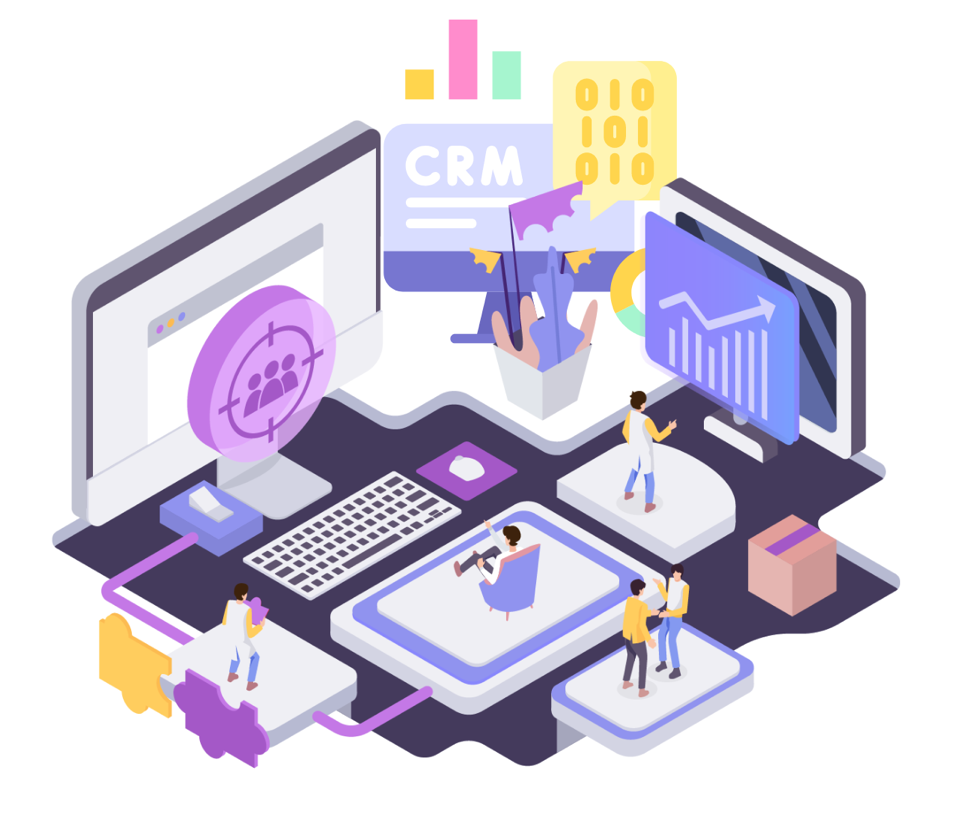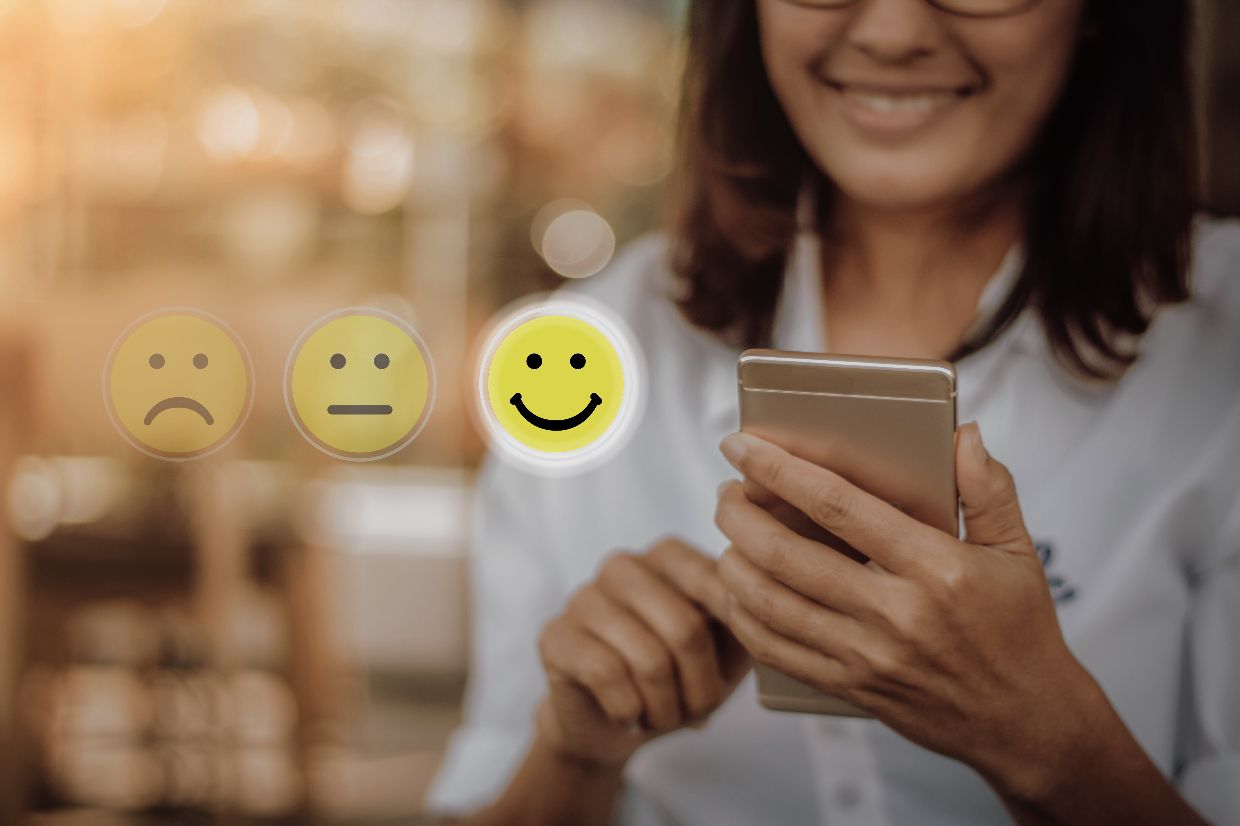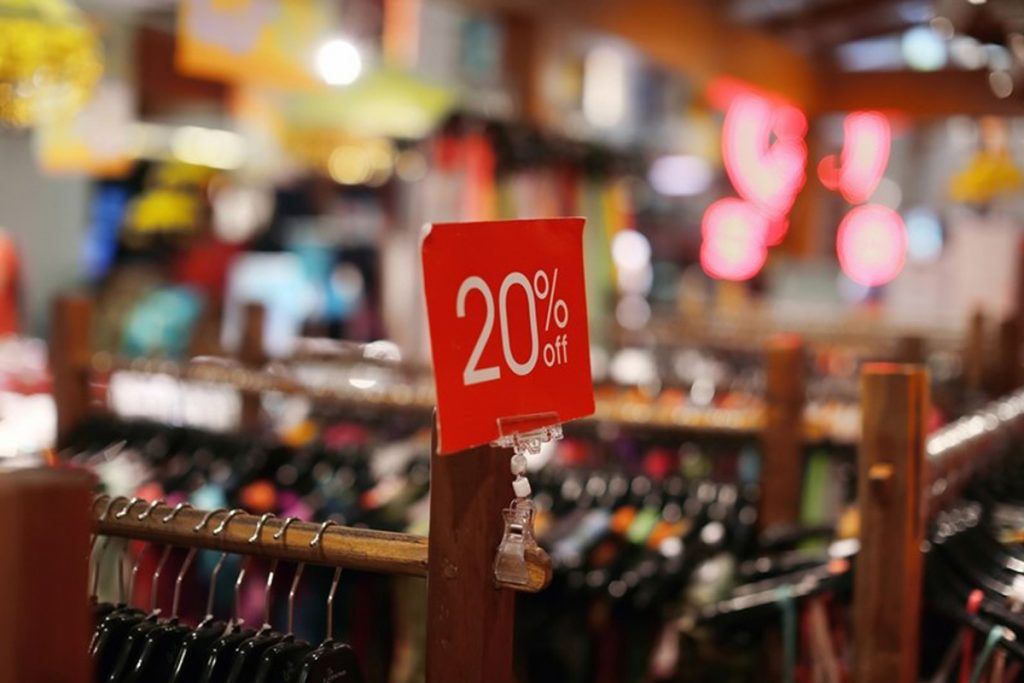Millennials and Gen Zs – if you’ve been giving the same brand of customer service to these customers as you’ve been giving to Boomers and Gen Xs, you’re doing it all wrong.
Customer expectations have changed. It’s time for brands to keep up with those expectations, connect with people in an authentic way, and meet them where they are. Younger generations have their own preferences and behaviors and, soon enough, this demographic will make up most of your customer base! That’s why it’s important to pay attention to their preferred customer experience (CX). After all, 89% of consumers are more likely to make another purchase from a brand after a positive customer service experience, according to Salesforce.
So what does the research tell us to do? What should customer-facing teams be prioritizing now that is often overlooked or not done well enough? How are customer service needs changing as a result of younger, Millennial and Gen Z customers? And what do young people expect from brands these days?
We found 4 essential things you need to be doing for your Gen Z and Millennial customers to give them a great customer experience.
1. PROVIDE SELF-SERVICE OPTIONS
Today’s customers prefer self-service over calling reps over the phone. In TrustRadius’ 2022 B2B Disconnect Report, a combined 77% of buyers said they preferred to do their own research (check review sites, run Google searches, etc.) rather than contact a sales representative. This preference was most evident in younger generations. 41% of Gen Z and Millennials identified “check review sites” as their go-to action when making purchasing decisions.
Customers manifest this aversion to contacting sales reps from the very start of their buying journey. Even when they become full-fledged customers, Gen Zs and Millennials don’t like resolving issues over a call with support. In TalkDesk’s research report, only 24% of Gen Z and 27% of Millennials preferred using the phone for customer service. And what did this number look like for the older gens? 56% of Boomers and 40% of Gen X prefer calling customer service.
What does this all mean? If your customer service offers a self-service option, your younger generation clients will be pleased with your customer experience.
Pro Tips
✅ Incorporate a self-serve knowledge base into your help desk. A thoughtful database should include articles that your customers can access 24/7 for help.
✅ Find out what information your customers are researching. This will enable you to determine exactly what content you should develop and publish. You can use platforms to track popular search terms and articles. This way, you’ll know exactly what knowledge base articles you need. IgniteTech customers can get this and more through Kayako, our customer service platform, which is available at no additional cost through IgniteTech Unlimited, our Netflix-style software subscription.

2. RESOLVE ISSUES FASTER
This may sound like a no-brainer, but it’s critical to resolve issues faster when you’re dealing with Gen Zs and Millennials. They have higher expectations when it comes to response time and, contrary to the stereotype, these generations are relatively more unforgiving.
According to the same TalkDesk report we referenced, 54% of Gen Z and 56% of Millennial respondents stopped buying from a company in the past year due to poor customer service. Conversely, only 49% of Gen X and 38% of Boomers left a company due to poor customer experience.
No, we’re not exaggerating. The numbers speak for themselves. After all, Gen Z and Millennials are notorious for their “cancel culture”. In Knit’s 2022 research report, almost 60% of Gen Z respondents said they “canceled” a brand simply because they disagreed with the brand’s marketing campaign or an ad. Given that, young customers won’t think twice about walking out on your company if you have a slow resolution time.
The slower you respond to your customers, the higher your churn rates will be. So how can you streamline your customer service workflows and reduce response times?
Pro Tips
✅ Use your platform’s mobile app. Sure, you may only resolve some issues with a PC, but a mobile app will help you provide a quicker initial response. This will assure your customers that you’re aware of the situation and available for them.
✅ Use your customer service platform’s automation features. Doing so will eliminate repetitive tasks and speed up workflows. For example, Namecheap automates customer service replies. They also use macro-driven responses on their Kayako help desk to resolve tickets faster.
3. SPORT A CAN-DO ATTITUDE

Across the board, customers hate receiving negative responses – even seemingly harmless ones. Do you know what’s considered the most annoying customer service phrase? According to Groove HQ, it’s “We’re unable to answer your question. Please call xxx-xxx-xxx to speak to a representative from xxx team.” So you can imagine how frustrating it’ll be if your agents always reply with similar responses.
You can’t blame the customers, though. Hand-offs like that have become a personal pet peeve for many – and rightfully so! So what can you do to improve the CX?
Pro Tips
✅ Shift your approach to answers. Instead of saying, “I can’t help you with that”, your representative should say, “I don’t have the answer right now, but I’ll find out for you.” That agent can then consult with a higher up or elevate the issue and appraise whoever is taking over. That way, the customer won’t have to repeat themselves.
✅ Know what phrases can make or break your customer relationship. These are way too numerous to cite here, but you can learn how to flip some responses into a more positive tone. This will show your customers that you empathize with them.
4. KNOW YOUR CUSTOMER
Many customer service agents just dive into tickets without having any background on the customer they’re attending to. But while you can resolve an issue even if you don’t know who you’re dealing with, your response would be far more personal and appropriate if you knew your customer – and their context.
A personal response might not help solve the problem, but it can certainly boost CX. If your customer responses are personalized, you can build rapport and familiarity with the person on the other end. It will show that you know your customer, and that’s a big deal. “You know me. You remember me” is one of the basic principles advocated by Bill Price, Amazon’s first VP of Global Customer Service.
And what’s in it for you? If Gen Z and Millennial customers like you, they’ll engage with your brand more. According to Knit’s research report, over 50% of Gen Z will click on your Instagram ads on purpose. 30% will follow you on social media if they like your brand. In fact, 39% of Gen Z customers want you to engage with them more online. Clearly, this interaction on your social media will boost your sales and marketing efforts.
Pro Tips
✅ Integrate your customer service platform with your CRM and other channels. This information can help team members connect the dots and gain context faster when responding to tickets. This is exactly what MercadoLead, a lead generation platform, has done with its help desk platform. They used Kayako’s integration capabilities and omnichannel support, and that’s how they’ve streamlined their customer service and improved CX.
✅ Use a feature like SingleView from Kayako that can capture your customer’s entire journey in a way a support ticket or traditional help desk never could. This way, you can see your customer’s site visits, purchases, previous inquiries, self-help searches, marketing emails and more – all in one place. Another great feature in a solution like Kayako is a multi-channel unified inbox. That means your team gets a single place to view and respond to customer messages from your Facebook page, Twitter, Live Chat and Email. All this ensures your team has more than just somebody’s name and company data – they also have context – before they respond to a customer query.

Takeaways
Every generation has unique preferences and behaviors. To connect with Gen Z and Millennial customers, give them self-service options, fast resolution times and ensure your reps use personal, positive responses.
The right tools can get your customer-facing teams unmissable insights into customer context. Still, recognizing generational nuances and making the effort to truly help people takes work. But it’s worth it to deliver a great customer experience.






